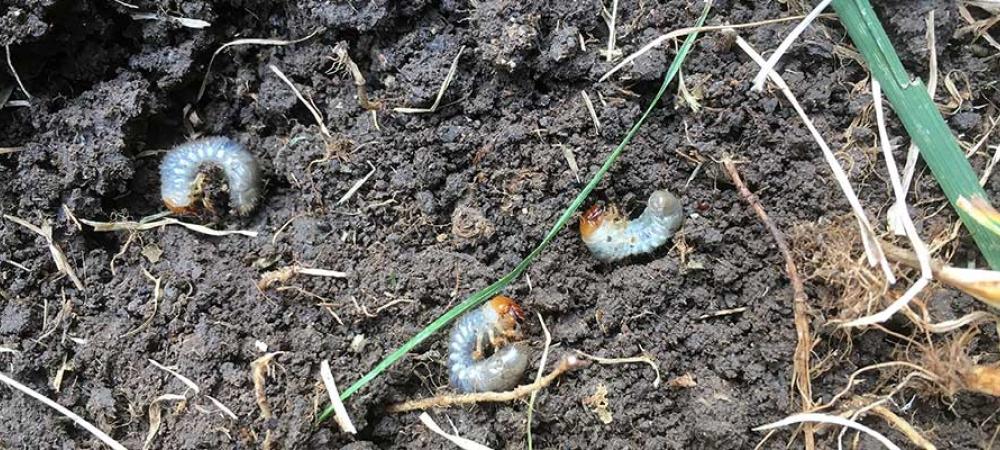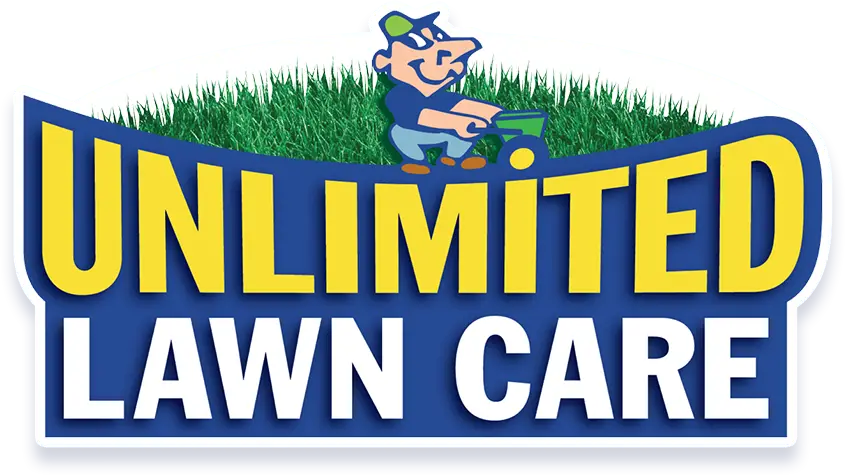Protecting Your Lawn From Grubs, Japanese Beetles, and Armyworms

Southern summers may be great for growing grass, but they’re also peak season for three of the most destructive lawn pests: grubs, Japanese beetles, and armyworms. If you’re noticing brown patches or beetles swarming your ornamentals, it might be time to take action. Understanding how these pests work can help you stop them, protecting your lawn now and into next season.
What Are Grubs, Japanese Beetles, and Armyworms?
Grubs are the white, C-shaped larvae of various beetles, including Japanese beetles. These pests live just below the soil surface and feed on grass roots, weakening turf from the bottom up. They’re most commonly found a few inches beneath the surface in sunny areas of the lawn, especially where moisture levels are high. Because they’re hidden underground, damage often isn’t noticed until brown patches appear or the turf starts to lift easily.
Japanese beetles, on the other hand, are the shiny green-and-copper adult stage of the same pest. Unlike grubs, they’re active above ground, feeding on the leaves, flowers, and fruit of over 300 different plant species. Their lifecycle connects directly to grub infestations, making both life stages important to manage.
Armyworms are the caterpillar stage of several moth species, and they can devastate a lawn almost overnight. Unlike grubs, which feed underground, armyworms chew directly on the grass blades above the surface. They’re named for their marching, “army-like” behavior, moving in large groups and stripping turf as they go. Damage often appears as sudden brown patches that spread quickly, especially after heavy rainfall or in well-irrigated lawns. Because they feed in large numbers, infestations can escalate fast, making early detection and treatment essential.
Grubs and beetles follow a similar midsummer lifecycle. Japanese beetles typically emerge in June and July to feed and lay eggs in the soil. These eggs then hatch into grubs in late summer, usually July through September, making it a critical time for monitoring and treatment. The hot, moist conditions create an ideal environment for their rapid spread.
Armyworms, however, operate differently. These caterpillars can appear in late summer and early fall, feeding aggressively at night and moving in large groups across lawns. Their damage can spread quickly, with entire patches of turf chewed down almost overnight if not treated promptly.
Signs of Infestation
Recognizing the signs early can save your lawn from serious damage:
- Brown or wilting patches in the grass, especially during midsummer, may indicate root damage caused by feeding grubs.
- Turf that pulls up like a loose carpet is a telltale sign of heavy grub activity, as they sever the roots holding the grass in place.
- Beetles feeding on ornamental plants and shrubs often signals a nearby breeding ground, increasing the chances of lawn grub activity later in the season.
Why Early Treatment Is Crucial
Grubs feed below the surface, where they can destroy root systems before you even notice the damage. This weakens your lawn’s ability to retain water and recover from stress. Meanwhile, Japanese beetles above ground are laying the foundation for next year’s problem.
Preventive treatments work best when applied before grubs hatch. Curative options are available once damage appears, but they’re generally less effective. Addressing the issue early can reduce long-term damage and cut down on repeat infestations.
Treatment Options for Southern Lawns
There are multiple approaches to grub and beetle control, depending on your lawn care preferences:
- Natural solutions like beneficial nematodes and milky spore target grubs without harming pollinators or pets. These are slower-acting but more sustainable over time.
- Chemical treatments such as imidacloprid (preventive) and trichlorfon (curative) offer faster results and broader control if used correctly.
- Safe application practices include treating early in the morning or evening, keeping pets and children off treated areas until dry, and carefully following label directions to minimize runoff.
Best Timing for Control
The best time to treat for grubs in the Southeast is late June through early August, ideally before the larvae hatch and begin feeding. For Japanese beetles, treatments in June can reduce egg-laying. For armyworms, timing is critical because their feeding damage happens fast. Watch for signs of chewed or thinning grass in late summer and early fall, especially after heavy rains.
Soil temperature is a good indicator: when it reaches around 65–70°F consistently, grub activity begins. Wet weather also encourages egg-laying, so pay attention after early summer rainfalls.
Ongoing Prevention Tips
Even with treatment, healthy lawns are your first line of defense:
- Dense, well-maintained turf is less attractive to egg-laying beetles and more resilient to root damage.
- Annual monitoring in July and August can help catch developing infestations early, especially in areas with past problems.
Keeping up with mowing, fertilization, and aeration encourages deep roots and reduces bare spots where beetles may lay eggs.
Get Guaranteed Professional Help
Grubs, Japanese beetles, and armyworms can cause long-term damage that’s costly to repair. Early detection and timely treatment are key to keeping your lawn healthy, especially in the hot, humid conditions of Southeastern states. Staying proactive through midsummer gives you the best chance at stopping these pests before they take hold.
If you want to make sure the job gets done right—or avoid the hassle altogether—contact Unlimited Lawn Care™ for expert lawn pest control in South Carolina, Georgia, and Alabama. We’re here to help you protect your lawn before problems grow out of control.
